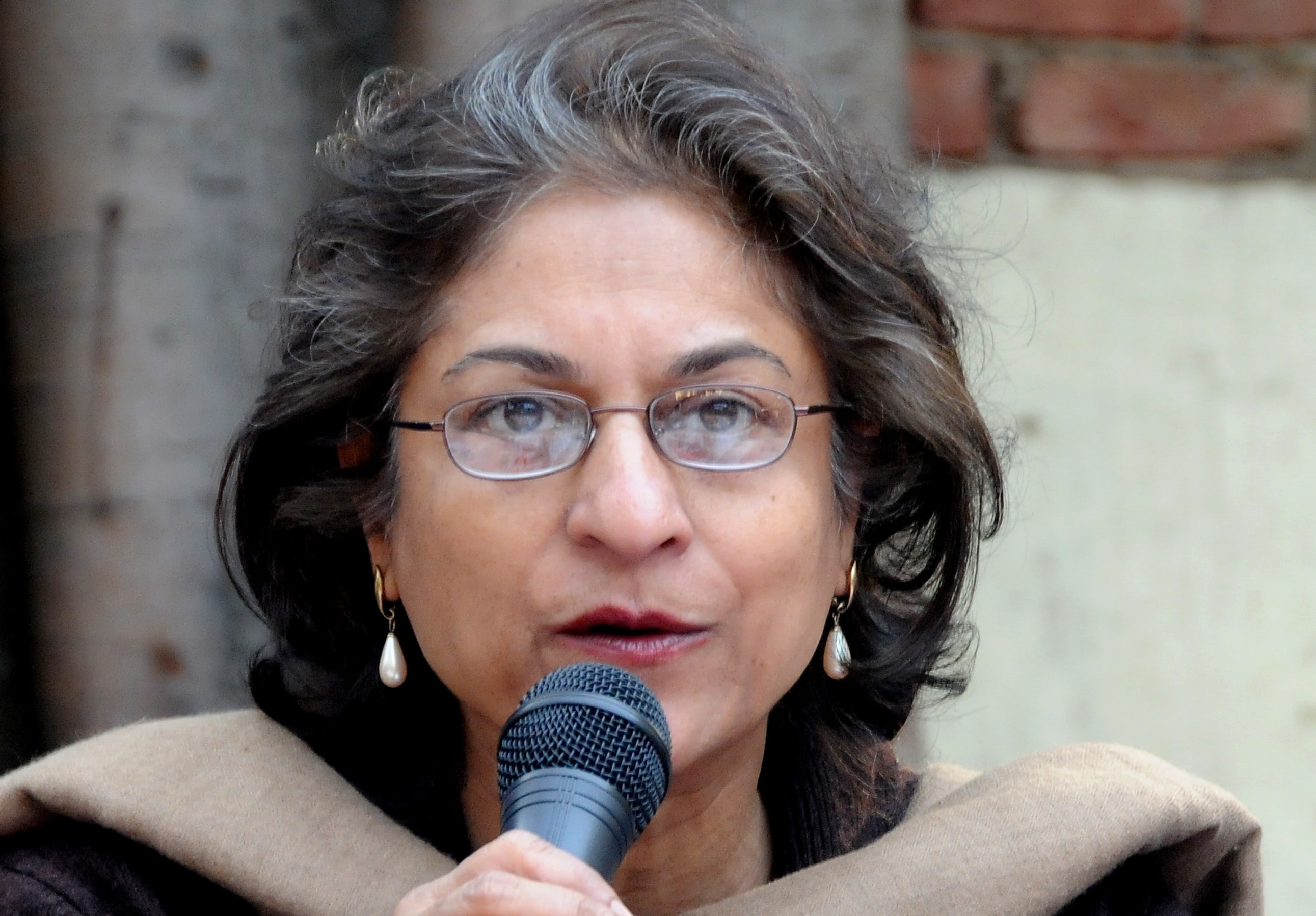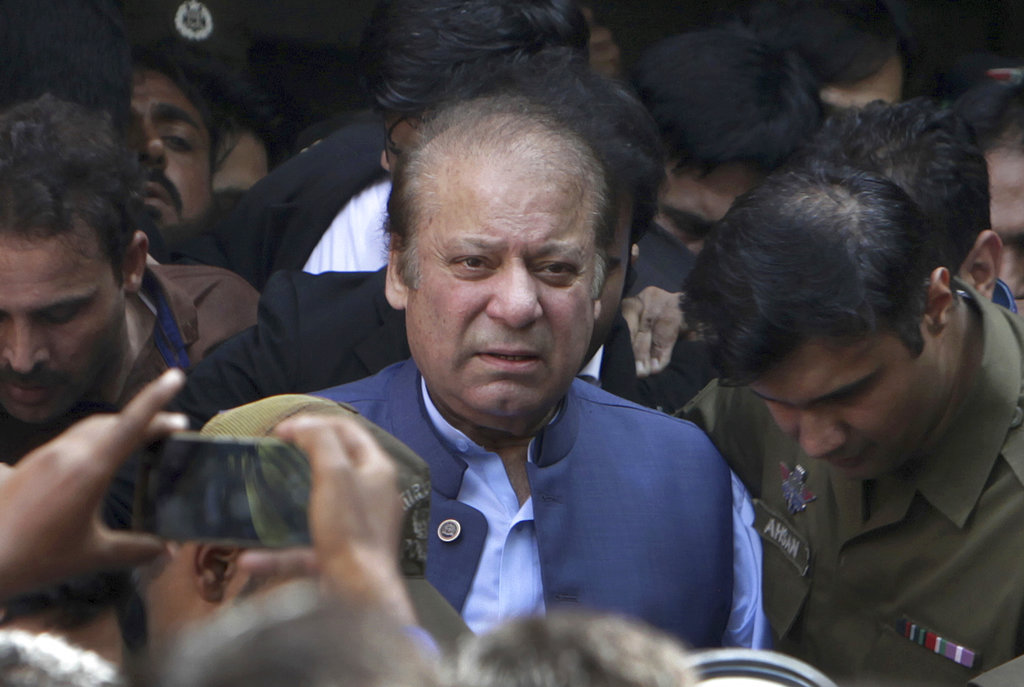Last year was a tumultuous one for Pakistan in terms of politics. It began with the resignation of Balochistan’s chief minister, Sanaullah Zehri, back in January, which led to the fall of the Pakistan Muslim League (Nawaz) government in Balochistan. The Balochistan assembly was delivered to another party after being ‘snatched’ away from the PML-N. The Pakistan Peoples Party played a dubious role in all this. Political pundits at that time warned the PPP that it is not doing itself any favours by colluding with the establishment in order to crush the ruling PML-N.
Then we saw how, during the senate elections, the PPP once again played the establishment’s game. The PPP and Imran Khan’s Pakistan Tehreek-e-Insaf voted to bring in a new senate chairman, Sadiq Sanjrani, who was said to be the choice of the powers-that-be. This time, too, the pundits warned the PPP that the establishment is nobody’s friend but it didn’t heed these warnings either.
At that point in time, only the PML-N seemed to be leading the anti-establishment narrative. Owing to the illness of his now late wife, Begum Kulsoom Nawaz, both Mian Nawaz Sharif and his daughter, Maryam Nawaz, left for London to see her. Just a couple of weeks before the general elections were set to take place, Nawaz Sharif and Maryam were convicted by an accountability court in the Avenfield corruption reference in their absence. Many people thought they would not return but return they did. The father and daughter duo came back from London and were arrested immediately after they landed at Lahore airport.
The PML-N’s cadre was charged after this. For the first time, we saw open resentment against the establishment in Punjab province. The smaller provinces have voiced their resentment many a time but to hear anti-establishment slogans being chanted in Punjab was something new. The PML-N hadn’t ‘collapsed’ in spite of ‘their’ plans.
Then came the elections. By this time, even the PPP was openly talking about electoral engineering, which most of us had already predicted. It seemed apparent now that the PTI would win the most seats and form a government but even the most cynical of us could not imagine the lengths to which this engineering would go. As soon as polling closed on July 25 and the results came pouring in, the engineers panicked as the PTI seemed to not be doing as well as they had expected. Finally, the Result Transmission System crashed. We knew what was coming. All political parties except Khan’s PTI started crying foul. And a foul it was. Political engineering and election manipulation are nothing new to Pakistan but the extent to which these elections were managed was something else altogether. Some were of the opinion that the Opposition should boycott the election results and not sit in the assemblies but that did not happen.
Finally, the PTI formed a coalition government with a few smaller parties. At last, Imran Khan’s dream came true and he became the prime minister of Pakistan, albeit a ‘selected’ one. In his maiden speech on the floor of the house, the PPP chairman, Bilawal Bhutto Zardari, called Khan a ‘Selected Prime Minister’.
From that day onwards, the PTI has gone on a warpath against the Opposition. The leader of the Opposition, Shahbaz Sharif, was arrested by the National Accountability Bureau and remains in custody. Maryam Nawaz is out on bail but has been quiet since then. Nawaz Sharif is back in jail after he was convicted in the Al-Azizia reference case. The Sharifs are in trouble and so is their party, the PML-N.
The PPP has accused the PTI of trying to wipe out the Opposition and bring in a one-party rule in Pakistan. A mega-money laundering and fake accounts case has been launched against the PPP’s co-chairman, Asif Ali Zardari, and his associates, including his sister, Faryal Talpur. It seems imminent that sooner or later, Zardari will also be arrested. The PPP is lashing out now but some analysts believe this is only because of the pressure of these cases and that they are seeking a deal to keep Zardari out of prison. It remains to be seen what eventually transpires.
One must mention here that the previous year was one of the worst for media freedom in Pakistan. From financially crippling media houses to threats and warnings to journalists and owners, our media has gone into a self-censorship mode that we haven’t seen in decades. Of course, there are ways to say things and sometimes we get away with things but there are these red lines drawn by the powers-that-be which must not be ‘crossed’. From op-ed columns dropped to the firing of some outspoken anchors, we have seen an onslaught like no other. Salaries are late, hundreds of journalists have been laid off, small newspapers and channels have shut down as a result. The future of mainstream media doesn’t look too bright either. One can only hope that we in the media will try to play our part in reviving the media industry somehow.
On a personal note, the greatest loss that we suffered in 2018 was the death of the brave Asma Jahangir. She was not just an icon and a role model for millions around the world but someone who was always there for me and countless others. I will always cherish the moments spent with her. Had she been alive, she would have called out each and every undemocratic step that is unfolding in her country today. Asmaji, we are poorer without you.
The year 2018 ended on a grim note with all these political upheavals. Let’s hope that 2019 isn’t so bad. Happy New Year!
The author is a journalist based in Lahore













